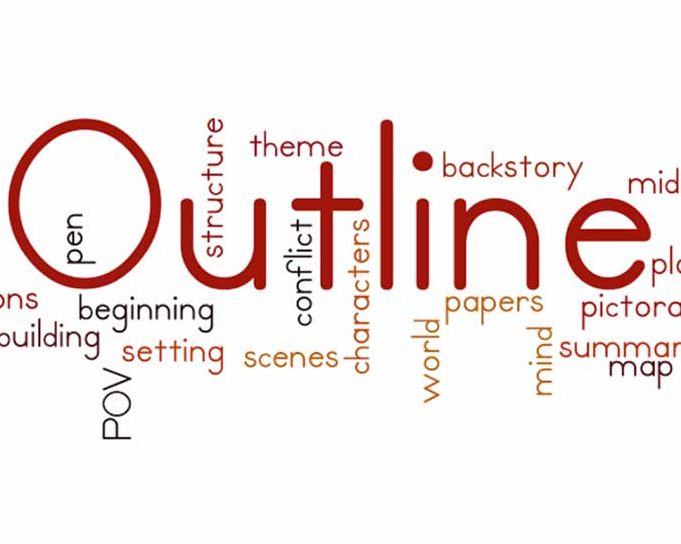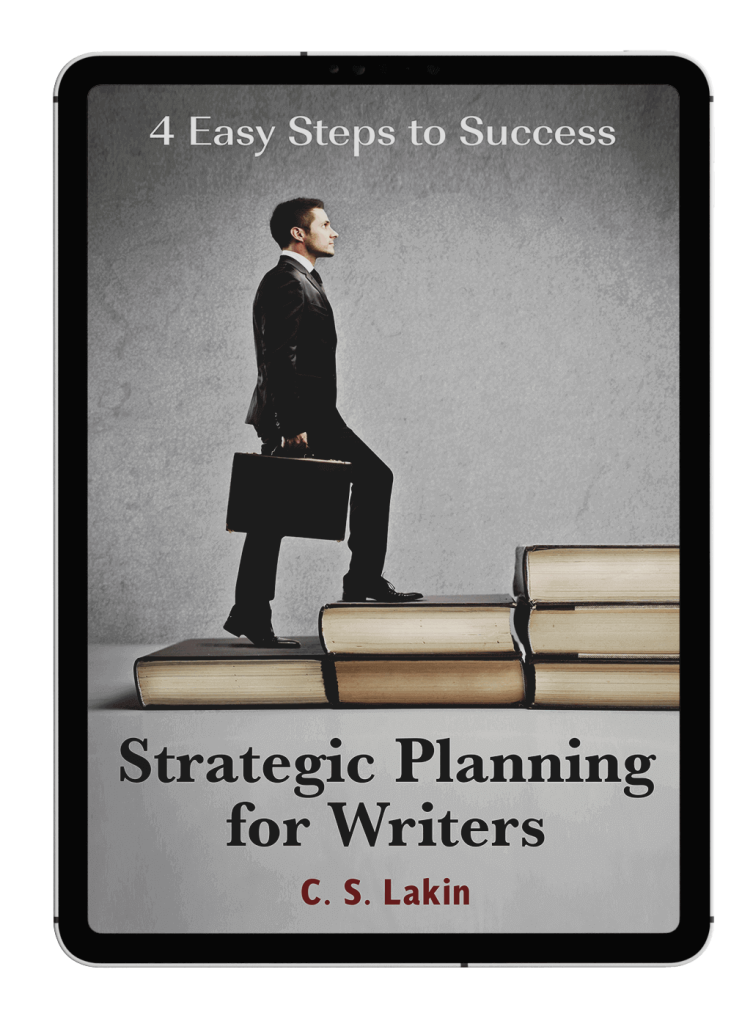The Character Arc in Six Specific Stages
Here’s a post I wrote for Writers Helping Writers some months back that I’d like to share with you.
As a writer, you’re probably familiar with the term “character arc,” but what does a character arc entail? How do you structure this arc? And what informs the way your character changes, from the start of your story to the end?
While all characters in a novel can have arcs, it’s the protagonist whose change should be the most significant. Depending on genre and plot, your hero’s change might be subtle or life-altering. A suspense thriller or cozy mystery may show little character growth by the end, when the bad guy is caught or the mystery solved, whereas a thoughtful women’s fiction novel or relational drama may showcase monumental change.
But, in all stories, arcs are about change or transformation. And the stories with strong arcs show a character starting in what Hollywood movie consultant Michael Hauge calls identity or persona.
What makes for a great persona is a character who has suffered in his past and has developed a coping mechanism over time. This is his face he presents to the world that keeps buried his pain, fear, or hurt.
It’s human nature to deny and avoid painful feelings. But when we suppress them, it creates problems. We are never truly happy in our persona. It’s like having a tiny (or big) thorn in our toe that is festering. We keep our foot in a sock and walk around trying to ignore it, but it isn’t going to go away on its own. At some point we have to pull off the sock, look hard at the infection, then extricate that thorn and flush out the wound.
This gives us a blueprint for the process of crafting a strong character arc. While we understand coming up with “a wound” for our protagonist is key, we don’t want to make up any ol’ wound. We need to develop one that is intrinsically tied in with our premise.
Your character moves from his persona to his true essence in stages, gradually and in a believable manner. People don’t change overnight. Events erode a person’s grasp on his persona until he can no longer hang on to it. By the end of your story, your character finds no safe haven in that persona any longer.
Let’s take a look at these six stages of transformation, using the movie Hostiles as a perfect example.
- Stage 1: This is your setup scene at the start of your novel. Your character is fully in his persona. This is the face he shows the world, and though it’s helped him cope with life, it has not brought him happiness.
In Hostiles, Army Captain Joseph Blocker has spent the last two decades fighting Indians, and he’s witnessed horrific things the Indians have done. He hates the Indians and cannot see past his hate to imagine they have any humanity or worth. Before he retires, he’s commanded to escort the ailing Cheyenne chief Yellow Hawk—his most despised enemy—to his ancestral home in Montana. He is fully in persona.
- Stage 2: At this stage (between the 10% and 25% mark), your character’s entrenched views begin to be challenged. He gets a glimpse of his essence, of who he could be, if he let go of his persona.
In Hostiles, Blocker’s hatred begins to crack when he witnesses Yellow Hawk and the other Indians quickly move to join in protecting their group, even killing other Indians in defense. This glimpse of integrity that he sees in Yellow Hawk sparks respect and challenges his core beliefs that all Indians, especially this one, are savages and nothing more.
- Stage 3: Somewhere between the 25% and 50% mark, your character, still in his persona and moving toward his goal, is gradually changing due to what he is experiencing and learning. A mentor or friend might mirror to his the way he is acting, pointing out how that’s not working for him. Or something someone says or does makes him stop and consider how his coping mechanisms aren’t making him happy. Think of creating a scene in which he takes the first step toward changing, or that shows he is already changing without realizing it.
In Hostiles, Rosalie, a woman whose family was butchered by Indians and who Blocker saved and has taken with him on this journey, has a deep talk with Blocker about life and spiritual things. This mirror moment gets Blocker questioning his life and values and begins to crack his hard shell.
- Stage 4: This stage comes sometime between the Midpoint and the Dark Moment (75% mark). Now your character knows he must embrace his true essence. He is not there yet, but he fully realizes his persona is failing him. He must get the courage to be true to himself and face the truths he hasn’t been able to face. Often this is where the character backslides into his persona again, where it’s safe. But it doesn’t work anymore. There is only going forward.
Rosalie and the two native women are kidnapped by a group of fur traders who come across them as they wash dishes at a creek. Alerted by Little Bear, Blocker and several of his men, as well as Yellow Hawk and Black Hawk, track them down. They find the fur traders’ camp and witness one of the kidnappers beating Yellow Hawk’s daughter. When the kidnappers return to their tents, the men sneak down into the camp and attack the kidnappers and kill them. One of the rescuers is killed in the struggle. This intense event, which throws the opposing characters together, uniting them in purpose and morality, causes a further transformation of Blocker’s character. The Indians are people who strive, who suffer, who take care of those they love. He sees they are not all that different from him. He’s almost in his true essence.
- Stage 5: This is the moment of arrival. As the climax barrels into him, he fully embraces his true essence, which gives him all that’s needed to reach his goal. He has everything to lose, but he goes for it. The final push to “arrive.”
In Hostiles, after a huge climax of death and mayhem, the group finally reaches Montana, and Blocker and Yellow Hawk, who is near death from cancer, speak. Blocker names some of the men he had lost fighting Yellow Hawk. Yellow Hawk responds by saying that he had also lost people. The two men shake hands in an apparent mutual act of forgiveness and friendship. When they arrive at Valley of the Bears, they bury the now dead Yellow Hawk using a traditional native burial scaffold. When white men approach and threaten them—mirroring the exact attitude Blocker had at the start of the story: hateful, racist, violent—we see Blocker take a stand, and he kills the leader of these men. Everyone in Blocker’s group is shot and killed except Rosalie and the young Indian boy.
- Stage 6: At the resolution, your character is now fully in his essence; he has transformed and sees the world and himself in a new, healthier light. He is honest and transparent about himself.
At the end of Hostiles, Rosalie boards a train with the boy, heading home to where she will raise the young warrior. Blocker says good-bye, but because he is now fully in his essence, wholly transformed, he cannot leave the woman he loves. He is now able to do two things he could never have done at the start of the story: be at peace enough to allow himself to love this woman he cherishes and decide to help raise an Indian boy. He has broken through his racism and hate by way of experiences that taught him the lessons he needed to learn, giving him understanding that had never been within his grasp. A powerful story with a perfect transformational journey for the protagonist.
When you sit down to work on your character arc, consider using the Six Stage Plot Structure. Brainstorm scenes that will showcase the specific stage your character is in, for each turning point in the story. I also use this, and other, examples in my extensive online course on The 10 Key Scenes That Frame Up Your Novel. If you want to master this, take this course!
Using this framework will not only help you write a solid story, it will aid you in crafting a believable character arc for your protagonist that will engage and delight your readers.












For me the transition is more abrupt, less a series of distinct steps. Perhaps this is because I have a young protagonist who can make a decision quickly, and when she realises how wrong she has been this is what happens:
She’d been running, running from herself. She’d lost her temper with Alan, Alan was dead, and there was nobody else to blame. Life wasn’t a game any more.
That—and nothing else—was what she’d to learn to live with, the knowledge she’d take to bed every night, the truth that she’d wake up with each morning.
She could run if she chose, she could try to hide—but the stars would always be there to remind her. Or she could turn back and, one day at a time, learn to live again.
She sat for long minutes, drinking in the beauty of the stars, filling her soul to overflowing with their silent joy. Then she shook her head.
‘I can run from myself,’ she said out loud, ‘but I can’t run from the stars—not any more.’
It wouldn’t be easy, going home. But people who only wanted to do easy things shouldn’t be in Space Fleet.
If you like this is the moment of transition when Jane learns that courage must be tempered by wisdom. From then on she is never quite the same:
Jane remembered how her aunt Ada had talked to her. ‘Jane girl,’ she’d say, ‘what you are is loveliness itself, but what you’ve done is utterly wicked. I still love you, but I hate what you’ve done, so learn to be what you are, not to do what you’ve done.’ This was usually followed by, ‘The shovel’s in the shed, make sure you’ve cleared the mess up before supper,’ which, in view of the state of the day cabin deck plates, indicated that aunt Ada’s advice was still uncannily accurate, even at a distance of fifteen thousand light years.
It was a different, wiser, Jane, that set up the autopilot, and pressed the blue button marked ‘ORTHO ENGAGE’.
But it is only when she comes to the funeral of Alan, the person that was killed because of her mistake that she realises the truth:
She stood up. The breeze was stronger now and she turned towards its healing coolness. For a moment fear welled up within her—going on offered no certainties, no promises. But a part of her had died and now she could hold her own life lightly.
She nodded faintly, accepting the call.
And death no longer had any power over her.
And she comes away wiser and so much stronger that in the next book she can be steel and fire.